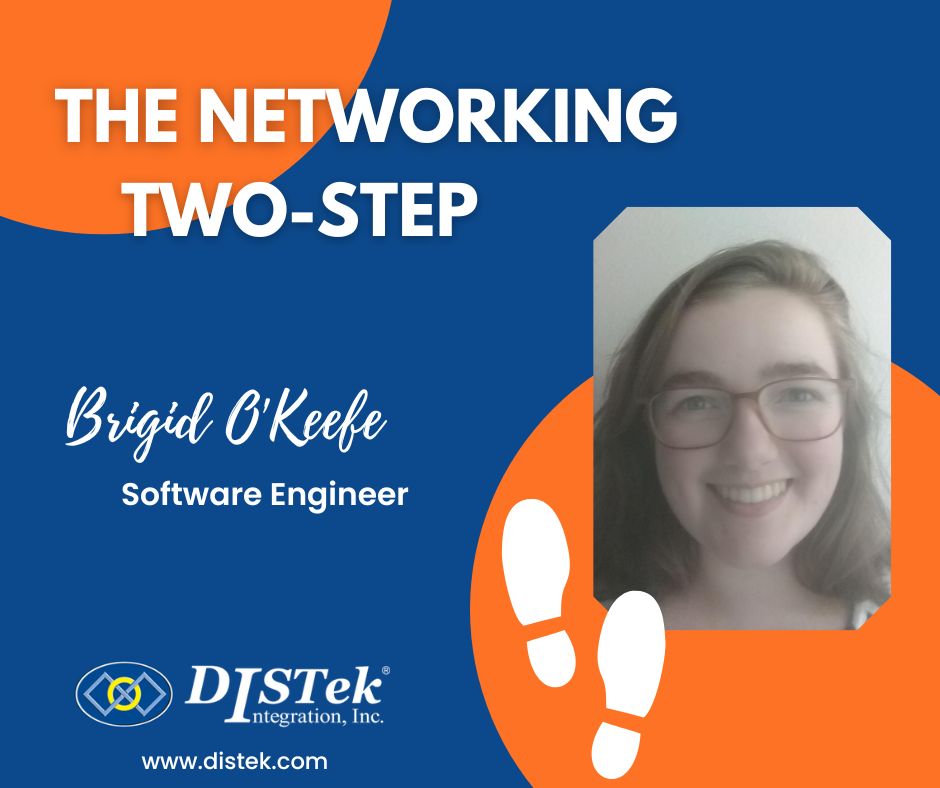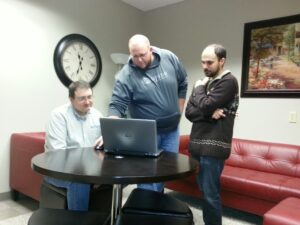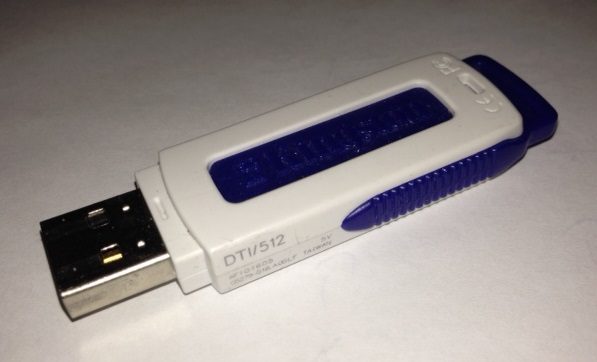
As a student you feel fortunate to have an opportunity to get an internship, but to get an amazing internship, such as DISTek, is a true blessing. DISTek is the ultimate playground for embedded systems programming nerds that love manipulating hardware through software and who relish at the thought that their work will eventually end up on a microcontroller of an agricultural or off-road vehicle. To my delight, within an hour on my first day, I was assigned to a CAN bus project, based around ISO 11783, working side by side with full time employees on a real product intended for real customers. After receiving a binder full of ISO standards and a quick, but quite necessary, pep talk from my new coworkers I was set to start programming… or so I thought.









